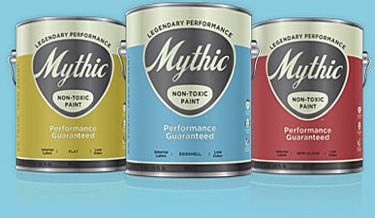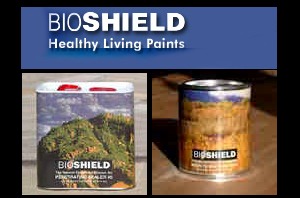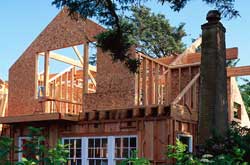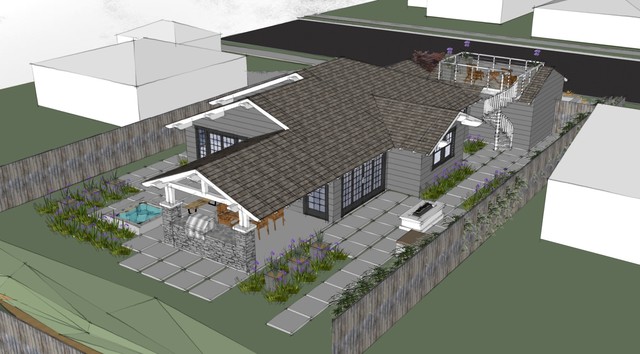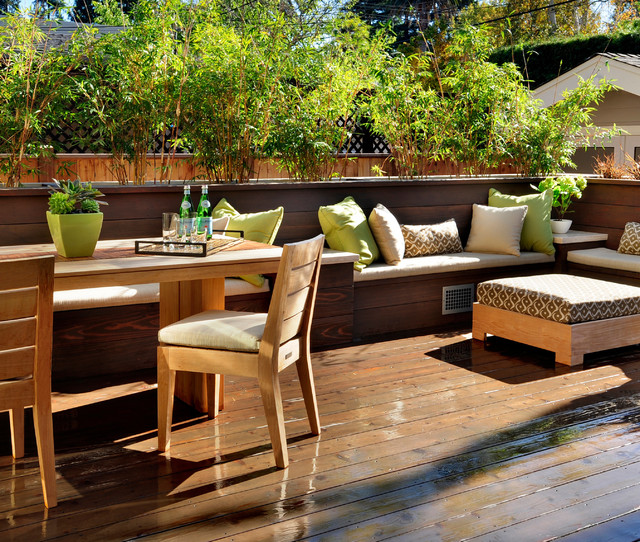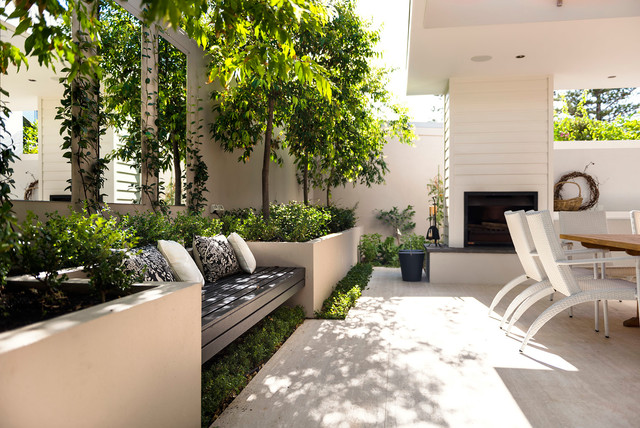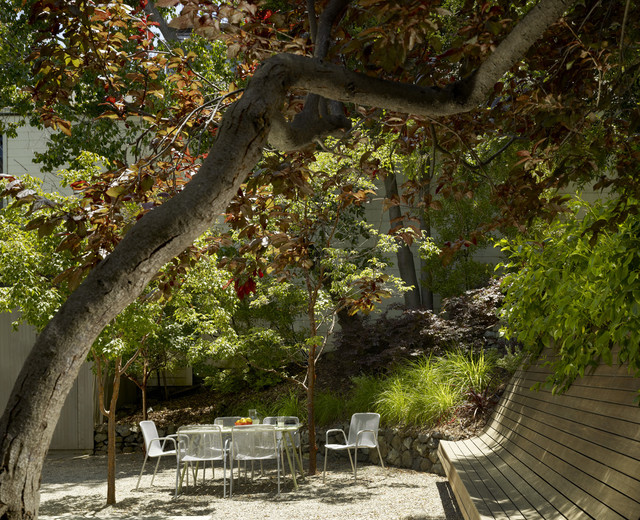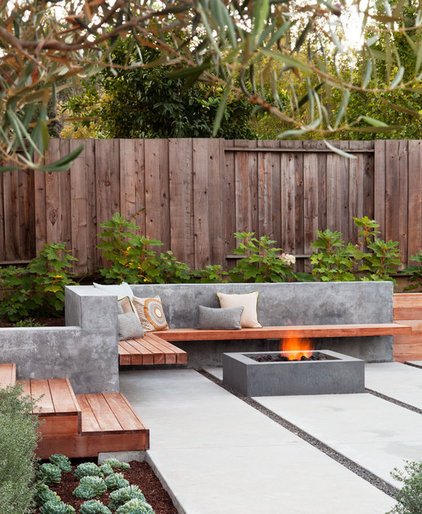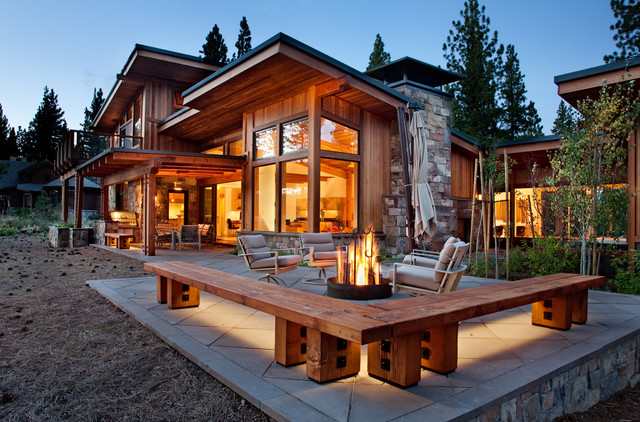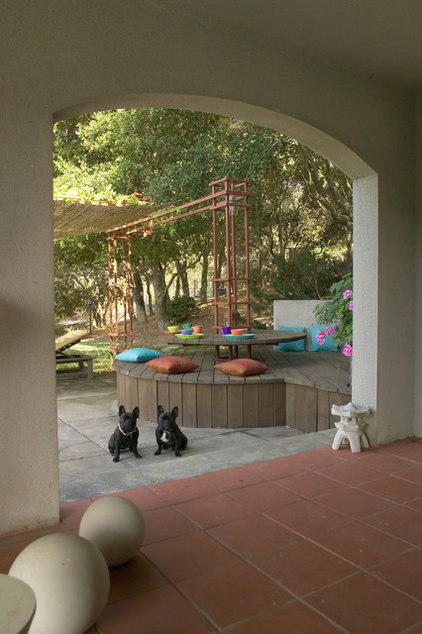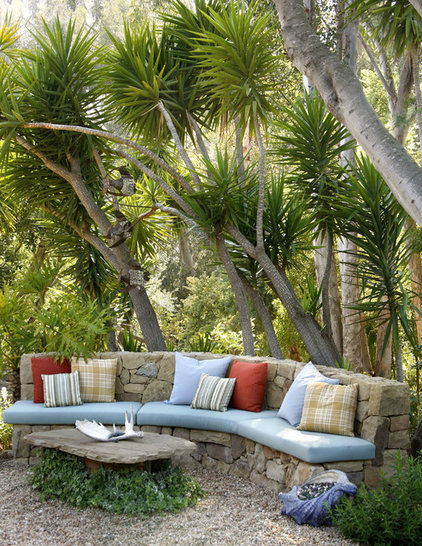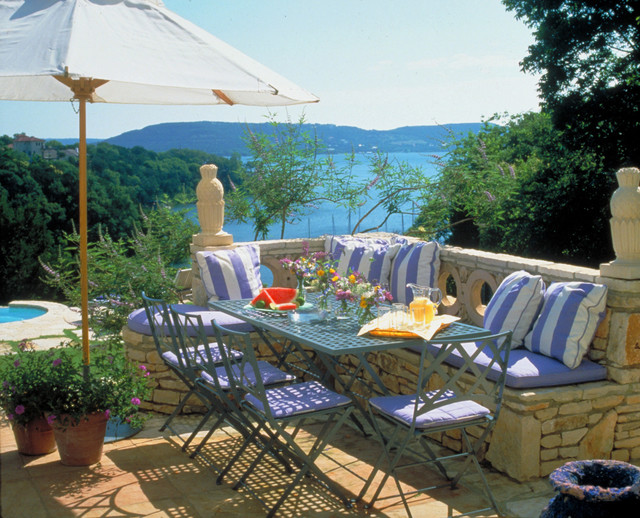Millions of dollars are spent each year designing, implementing, and maintaining urban landscapes. Unfortunately, long-term problems are caused when these processes are not carried out properly. Many of these problems can be avoided or reduced by utilizing sustainable landscape practices. A landscape developed with sustainable practices will improve the environment by conserving resources and reducing chemical applications. A sustainable landscape will also reduce labor inputs making it less expensive to implement and maintain.
The key to creating a sustainable landscape is understanding that the design process should be considered first. Plant selection, implementation, and maintenance build on the design process, each having sustainability as a major consideration.
| According to one estimate, 40 million acres of land is devoted to turfgrass in the United States with nearly 75 percent in home lawns and more than 30 billion dollars spent on annual lawn maintenance1. It is no wonder that the large amount of resources allocated to lawn care and the impact that they have on the environment has called the sustainability of lawns into question. This critical attention has challenged lawn managers and turfgrass research programs across the country to develop and work toward more sustainable, lower input turf/lawn ecosystems. While SULIS defines sustainability in a general way, sustainability as it relates to lawns can be defined as a lawn area that requires few material inputs while having a positive impact on the environment. Creating and maintaining a more sustainable lawn begins with proper selection of the best adapted grass species and varieties. Proper site preparation, lawn installation, and appropriate follow-up care will help reduce the need for inputs of the established lawn. The Sustainable Lawn Care Information Series (SLC) consists of the following chapters. | |
 | Upper Midwest Home Lawn Care Calendar for Cool Season Grasses The lawn care calendar is a guide for maintaining lawns in the upper midwest area. It covers the general care needed to maintain an average home lawn typically found in this geographic area. It is not intended to cover all aspects of lawn care, or to cover all different growing conditions that may exist on a specific property. |
 | Environmental Benefits of a Healthy, Sustainable Lawn As a groundcover, healthy lawns provide important environmental benefits to our communities. Properly established and managed lawns, combined with good sustainable landscape design, can help protect and preserve water quality. |
 | Grass Plant Growth and its Relationship to a Sustainable Lawn Understanding a few basic principles of grass plant biology is important. Planning maintenance to take advantage of the natural growth cycles and habits of grass is the first step in developing a more sustainable lawn care approach. |
 | Turfgrass Selection for a Sustainable Lawn Lawn sustainability begins with good landscape design. Selecting the best adapted species and varieties for particular areas of the landscape is just as important as choosing trees and shrubs best adapted to the different locations within a landscape. |
 | Establishing a New Lawn to Achieve Sustainability The best time to build in sustainability is when an area is first being prepared for a lawn. Following tried and true methods for site preparation and grass establishment will help insure a successful and sustainable lawn for many years to come. |
 | Renovating an Existing Lawn to Achieve Sustainability Introducing lower input grasses into an existing lawn will often be the first step in establishing a more sustainable lawn cover. Also, using the elements of sustainable landscape design to evaluate appropriate locations for lawn areas will help create a more overall sustainable landscape. |
 | Understanding and Using Lawn Fertilizers A vast array of fertilizers are available for use on lawns. Choosing those best suited to your site (such as near water bodies) or to the plant species and varieties in your lawn, does not need to be intimidating. A healthy lawn, achieved with modest inputs of the proper materials, can be very satisfying. |
 | Mowing Practices How a lawn is mowed largely determines the need and frequency of maintenance required by that lawn. Sharp blades and proper height of cut will help keep grass growing vigorously and maintain adequate shoot density to completely cover the soil surface. |
 | Watering Practices Efficient watering practices are important to all homeowners who want to conserve water, maintain a sustainable, healthy turf and reduce maintenance costs. Understanding how grass plants use water and their ability to tolerate dry conditions is the first step to putting the right plant in the right place to perform the right function. This is a key concept in establishing a more sustainable lawn. |
 | Weed Management Too often, the term "sustainable lawn" has been associated with lawns allowed to become neighborhood weed patches with no resemblance to a "maintained" lawn. While lawns maintained on very low inputs may have a few weedy plants in them, having well-adapted grass species and varieties will help keep significant weed infestation to a minimum. |
 | Home Lawn Disease and Insect Pests Properly maintained and healthy turfgrass will tolerate the presence of low levels of pest populations without suffering permanent damage. Healthy turfgrass usually recovers more quickly from insect and disease infestations. However, there may be times, even in healthy lawns, where some pest control is needed to prevent significant damage. |
World Class Supply carries Pearl's Premium grass seed, which once established requires no watering, is ever-green, only needs to be mown once a month. This translates to the saving of time, equipment, gas and machine pollution from the usual 7-10 day grass mowing.





